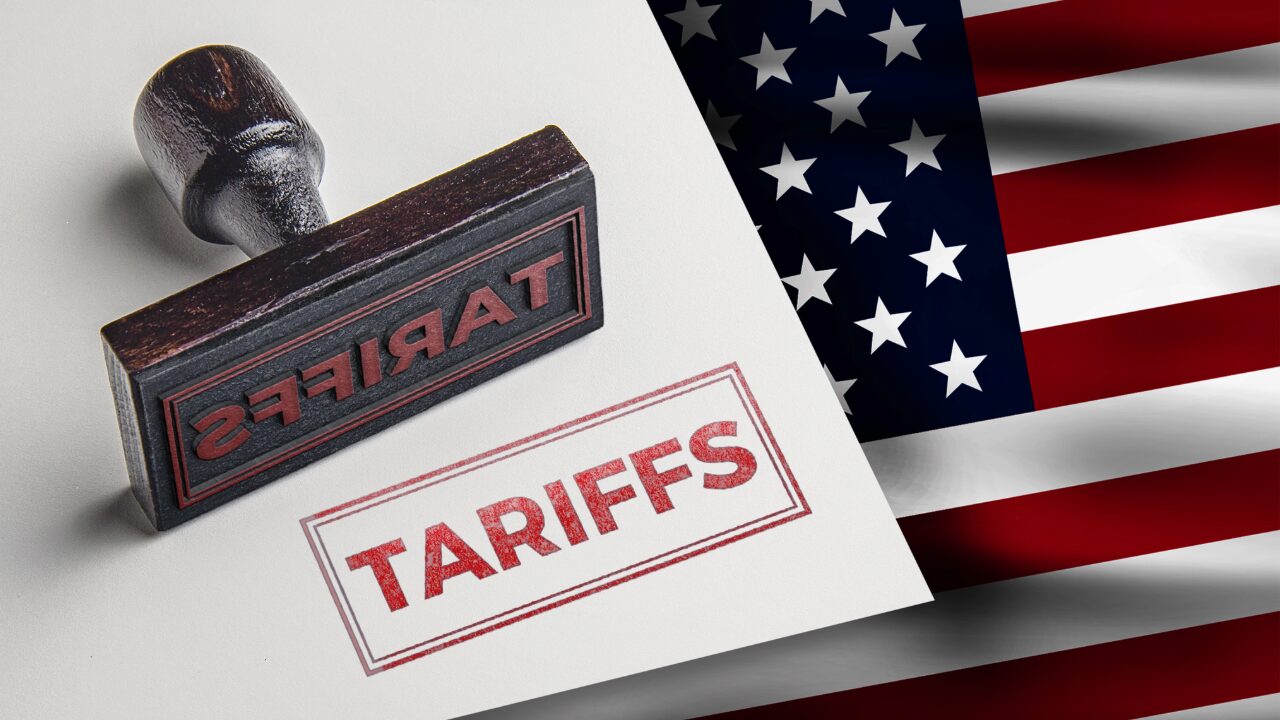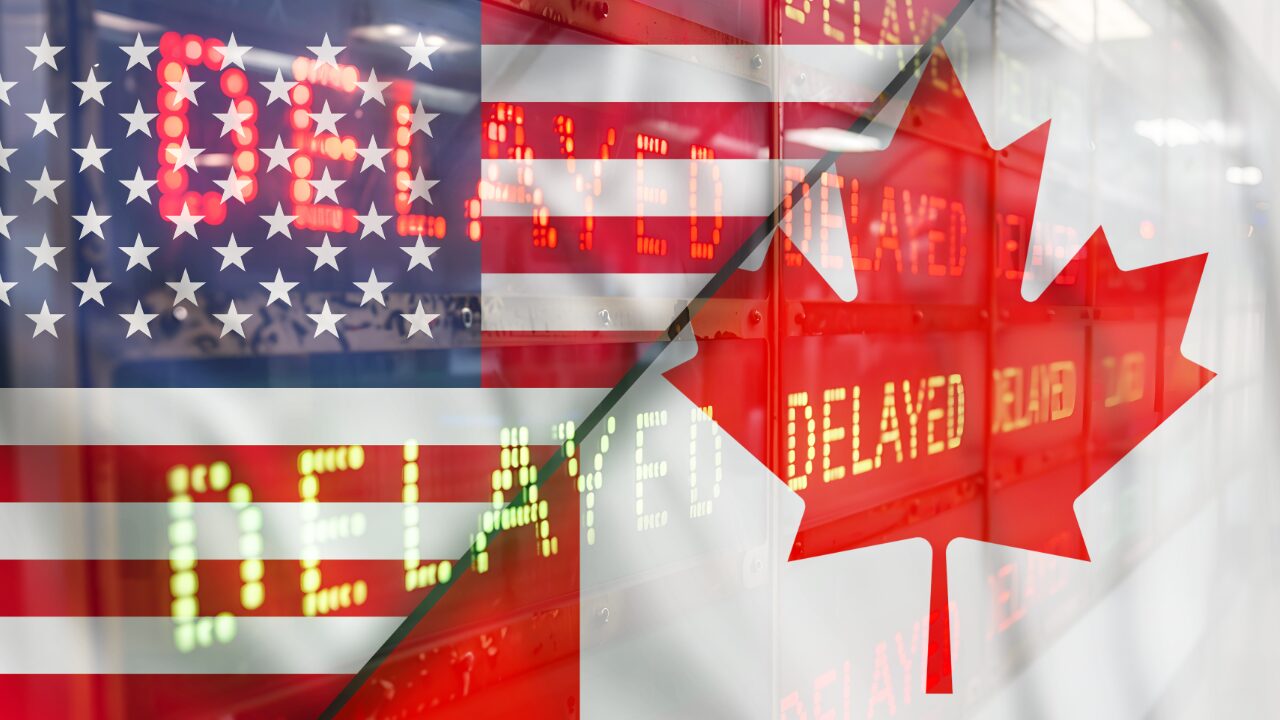FOR IMMEDIATE RELEASE
August 13, 2025
ABMA Members Offer Industry Insight on Restoring Balance to the Lumber Market
As Lumber Tariffs Rise, Grading Rules Keep U.S. Tethered to Canadian Supply
Rensselaer, N.Y. – Canadian lumber tariffs just jumped to 35.19% — more than double what they were in January. At the start of 2025, the combined “all others” duty on Canadian softwood lumber was 14.40%. This included 7.66% anti-dumping and 6.74% countervailing duties. Two Department of Commerce rulings in July and August increased the total to 35.19%, made up of 20.56% anti-dumping and 14.63% countervailing.
When Canadian prices rise, U.S. mills often raise their own prices in response. Paul Rogers, purchasing manager at Shepley Wood Products, told The Boston Globe, “Everybody follows the numbers. It doesn’t matter what side of the border it’s coming from.” This market behavior reduces negotiating room for dealers and tightens margins no matter where the lumber originates.
Tony Shepley, president of Shepley Wood Products, emphasized the industry’s responsibility to protect housing affordability: “It’s our mission as an industry to protect consumers, to not let housing get driven further out of reach.”
Grading Rules Push Canadian SPF Over American SPFs
There is a prevailing trend unfolding where more architectural and engineering specifications are calling for Canadian SPF (spruce-pine-fir). The reason is not quality but differences in grading rules and design values. Canadian SPF and American SPFs are graded differently and are not interchangeable under many construction specifications.
This means that when a project specifies Canadian SPF, dealers must supply it to meet the requirement. Some New Hampshire retailers report that this has shifted their entire inventory to Canadian SPF. This is not a marginal factor the United States already purchases nearly 70% of all Canadian softwood lumber exports. The more specifications lean toward Canadian SPF, the more entrenched that reliance becomes, narrowing opportunities for American SPFs to compete.
Eric Murphy, purchasing and marketing manager at East Coast Lumber & Building Supply Company and incoming president of the New Hampshire Retail Lumber Association (NHRLA), explained, “We’re seeing the specifications in project plans leave us with no real choice. If the plan calls for Canadian SPF, that’s what we have to supply. Over time, it’s pushed us to the point where we now only stock Canadian SPF. It’s not a question of preference; it’s about meeting the requirements of the jobs our customers are building.”
The NHRLA is working to introduce state legislation that would require a preference for American SPFs when pricing and performance are competitive. Without action, this specification trend could further increase dependence on Canadian lumber at the same time tariffs are reaching historic highs.
Long-Term Effects of Tariffs on the Lumber Supply Chain
The softwood lumber dispute between the United States and Canada has lasted for decades, with tariffs in place for much of that time. This long history has reshaped supply chains. While tariffs are meant to raise the price of imports and protect domestic producers, they have also prompted Canadian sawmills to relocate to the United States to avoid paying the duties.
Francis Palasieski, director of government Affairs for the Northeastern Retail Lumber Association (NRLA) and ABMA, explained in a recent CBS 3 Vermont interview, “We have seen with these tariffs that have been in place for decades on Canadian lumber, sawmills have moved into the United States to avoid the tariff, so it actually has brought in a certain level of manufacturing jobs.”
These relocations have created American jobs and investment but have not eliminated upward pressure on prices.
ABMA’s Position and Outlook
ABMA supports a negotiated resolution to the U.S.–Canada softwood lumber dispute that addresses unfair trade practices while ensuring stable supply and predictable pricing for dealers, mills, and builders. Tariffs can be an effective enforcement tool, but they are no substitute for a long-term, enforceable trade framework.
Our outlook is that the current 35.19% duty rate when combined with the emerging structural preference for Canadian SPF over American SPFs will keep price pressure high. Without resolution, retailers will remain tied to a pricing structure driven as much by policy shifts as by actual supply and demand fundamentals.
“Our industry has lived with these tariffs for decades, and we’ve adapted but what we want most is a resolution that delivers long-term stability. Tariffs at this level send a clear signal that the status quo isn’t sustainable, and they can be a tool to bring both sides back to the table. The sooner we can achieve a fair agreement, the better it will be for the entire North American lumber supply chain,” Said Rod Wiles, Vice President of Human Resources at Hammond Lumber Company and Chair of the American Building Materials Alliance.
ABMA will continue to represent members in Washington, in state legislatures, and in the media working with industry leaders like Paul Rogers, Tony Shepley, and Eric Murphy to push for fair trade deals, grading standards reform and targeted state-level measures, that support a competitive, reliable North American lumber supply chain.
Contact:
Francis Palasieski
Director of Government Affairs
American Building Materials Alliance
Direct Line: 518-880-6376
Email: francisp@abmalliance.org
###




